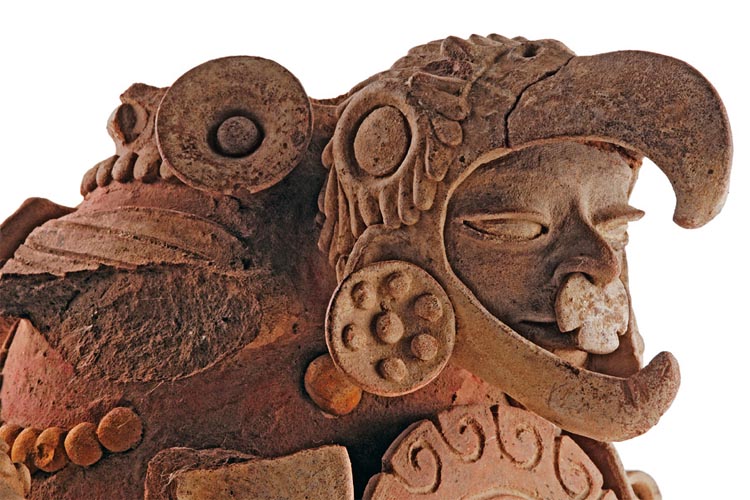
Die Grabplatte von Palenque. (Seite 10) Allmystery
Die Grabplatte von Palenque ist ein Sarkophagdeckel aus der Grabkammer des Königs Pakal unter dem Tempel der Inschriften in Palenque Mexiko, welche 1952 entdeckt wurde und aus dem 7. Jahrhundert stammt. Auf dem Deckel ist ein Mann in sitzender Position dargestellt, um den zahlreiche Objekte angeordnet sind. Der Nasenrücken der Person führt.

Palenque, Tempel der Inschriften mit der Grabkammer, Grabplatte des Pascal
Palenque, ruined ancient Mayan city of the Late Classic Period (c. 600-900 ce) in what is now Chiapas state, Mexico, about 80 miles (130 km) south of Ciudad del Carmen. Its original name is speculative; the site now shares the name the Spanish gave to a neighbouring village. The city's ruins were

Grabplatte von Palenque Maya
Palenque 600-650 AD. (© georgefery.com / Author Supplied) On the palace east side runs the Otolum River, its banks walled up as an aqueduct, a key part of the important and elaborate water management system of the city.Bathrooms were found below the plaza level. The palace was mainly used for administrative and ceremonial purposes for the ruler, members of the nobility with bureaucratic.
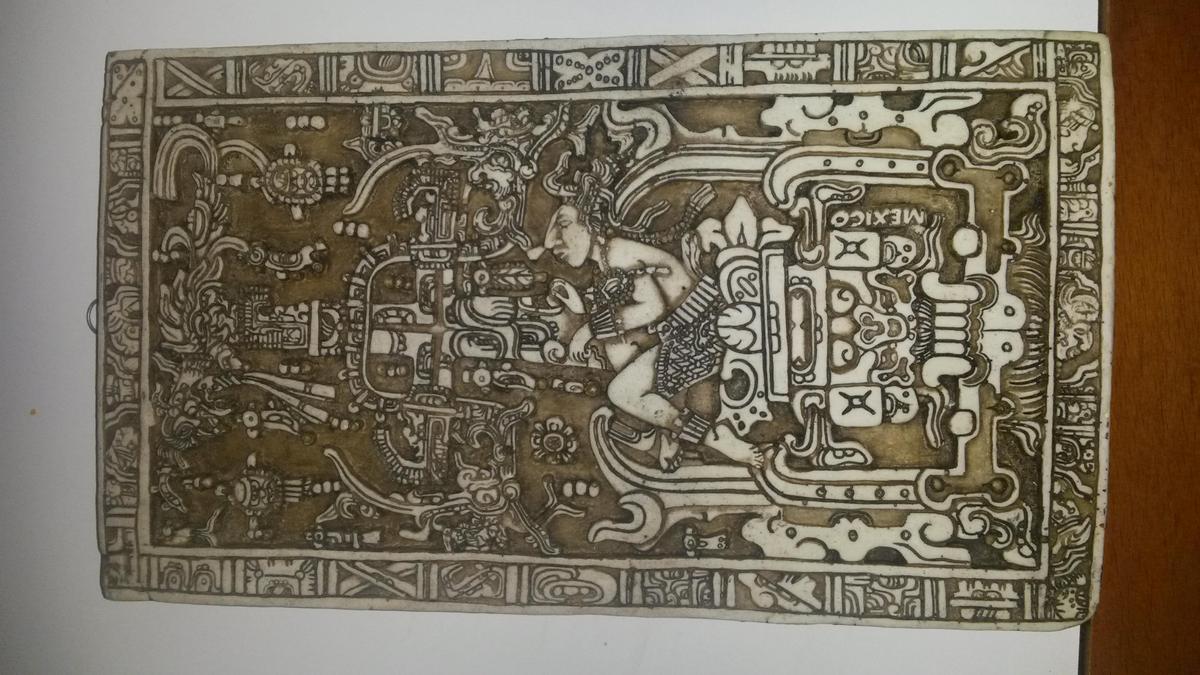
Die Grabplatte von Palenque Allmystery
Lage. Der Tempel der Inschriften liegt an der Südseite eines zentralen Platzes in Palenque. Mit ihm verbunden sind die beiden westlich anschließenden als „Tempel XIII" und „Tempel XII" (auch „Tempel des Schädels") bezeichneten Gebäude. In Tempel XIII war eine Frau bestattet, die mangels Inschriften von den Ausgräbern als Rote Königin (Spanisch Reina Roja) bezeichnet wurde und.
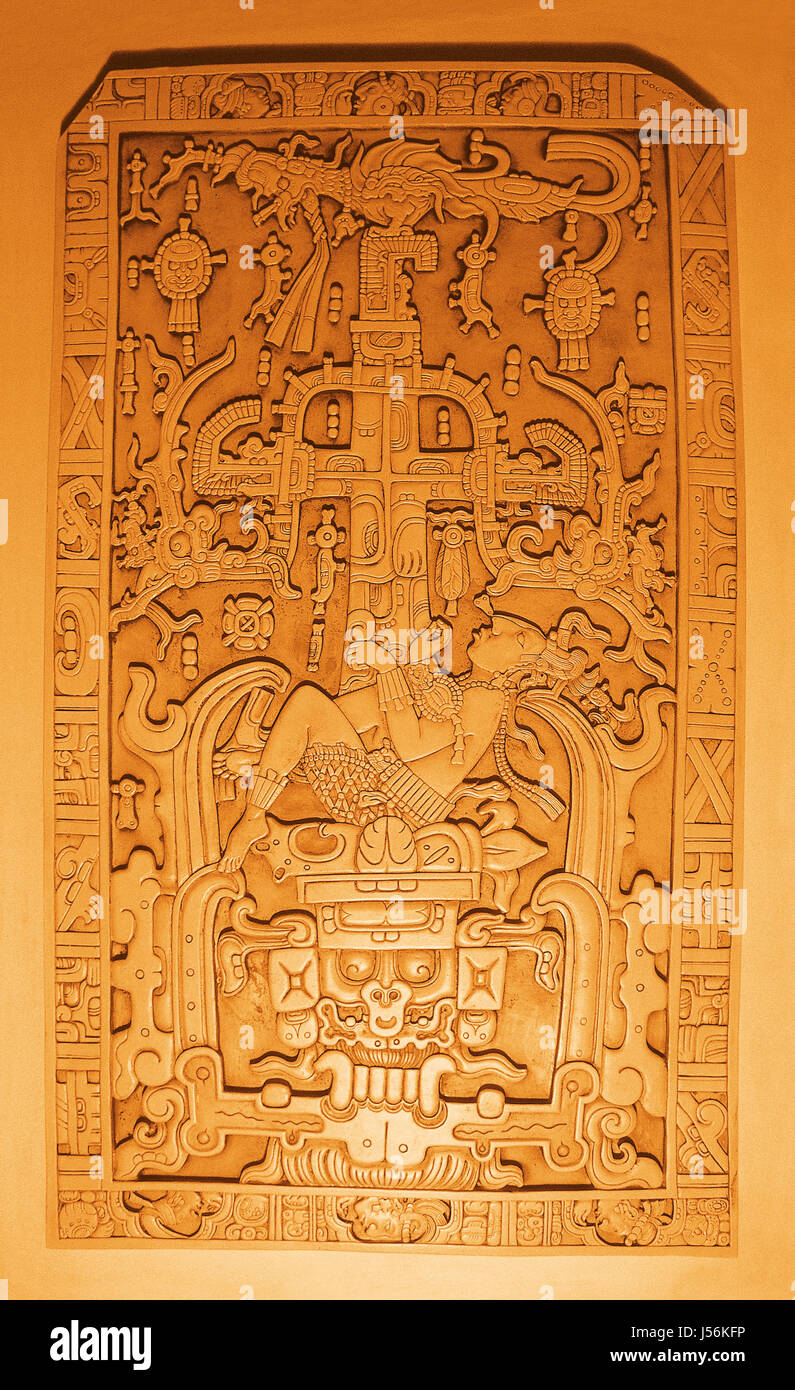
Grave plate Fotos und Bildmaterial in hoher Auflösung Alamy
Palenque in Mexico is an important Maya archaeological site located just outside the modern city by the same name. History of Palenque. It is thought that Palenque was first inhabited in around 100BC and excavations have uncovered writings about a king who ruled there in the fifth century AD, however the city was attacked several times by the inhabitants of neighbouring cities.
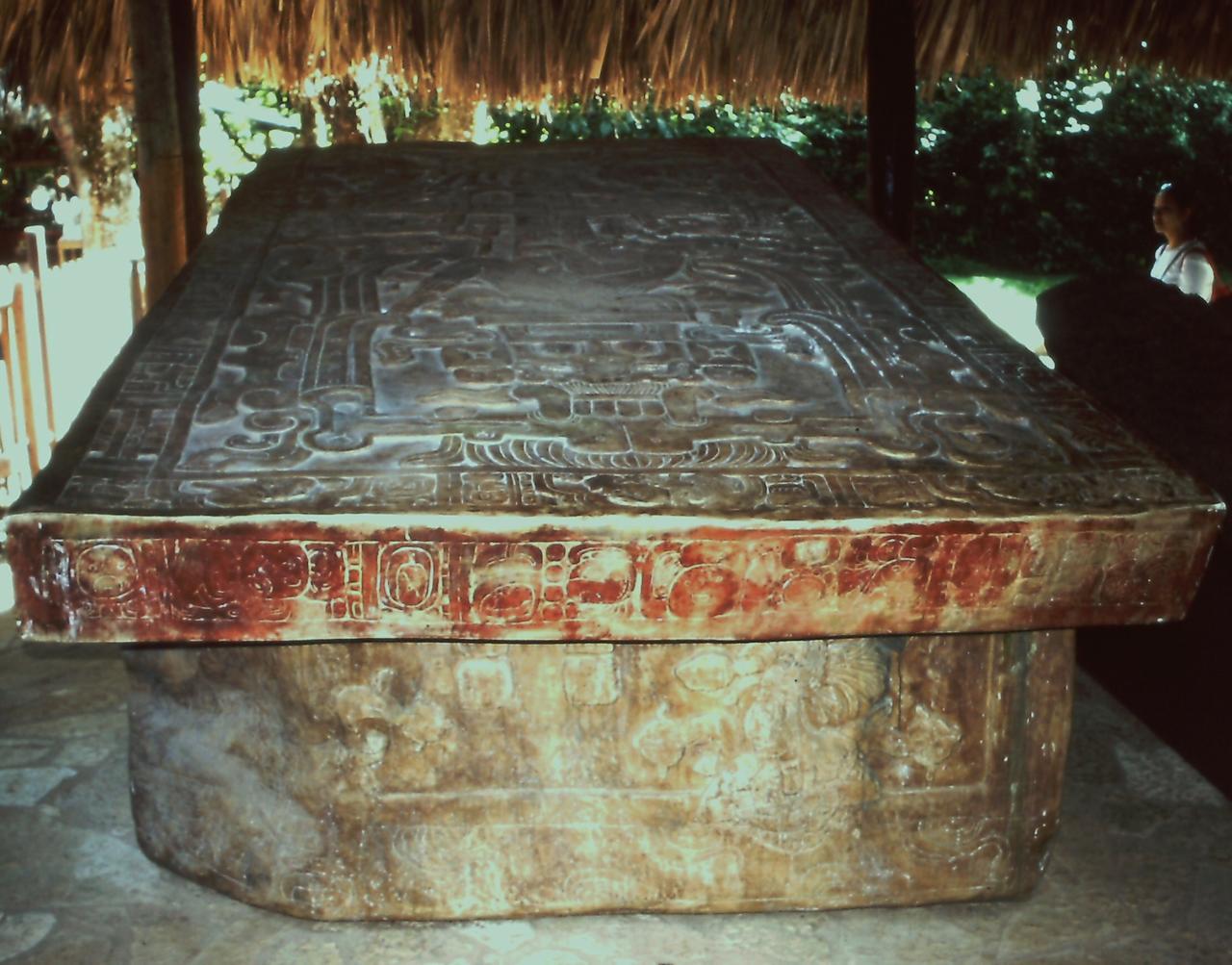
Palenque
Video über Palenque und Animation des Inneren vom Tempel der Inschriften. Palenque ist eine von Tieflanddschungel umgebene archäologische Fundstätte im mexikanischen Bundesstaat Chiapas unweit der modernen Stadt Palenque.In der archäologischen Zone von Palenque befinden sich die Ruinen einer ehemaligen Mayametropole, die seit 1987 zum UNESCO-Weltkulturerbe gehören.

Palenque, Tempel der Inschriften mit der Grabkammer, Grabplatte des Pascal
geheimnisvoll und nicht begreifbar eine Grabplatte von einem besonderem Format!!Erich von Däniken :http://www.youtube.com/watch?v=4yBYYRtu-gk

Däniken widerlegt? Tunnel unter dem "Raumfahrer von Palenque" entdeckt
Im Tempel der Inschriften liegt sie, die Grabplatte von Palenque. Sehen wir dort den ersten Astronauten abgebildet?

Kopie Einer Grabplatte Eines MayafÜrsten Aus Palenque, Mexico
King Pakal and the expansion of Palenque. According to Maya glyphic inscriptions, the city of Palenque (in what is today southern Mexico)—comprised of temples, a ballcourt, and the largest surviving Maya palatial complex—was established in 432 C.E. However, it was not until 600-700 C.E. that the city grew in importance.

GipsReplik der Grabplatte aus Palenque GipsReplik eines … Flickr
The Temple of the Inscriptions was specifically built as the funerary monument for K'inich Janaab' Pakal, ruler of Palenque in the 7th century A.D. whose reign over the area lasted almost 70 years. Construction of this monument was commissioned by Pakal himself in the last decade of his life, and was completed by his son and successor K'inich.
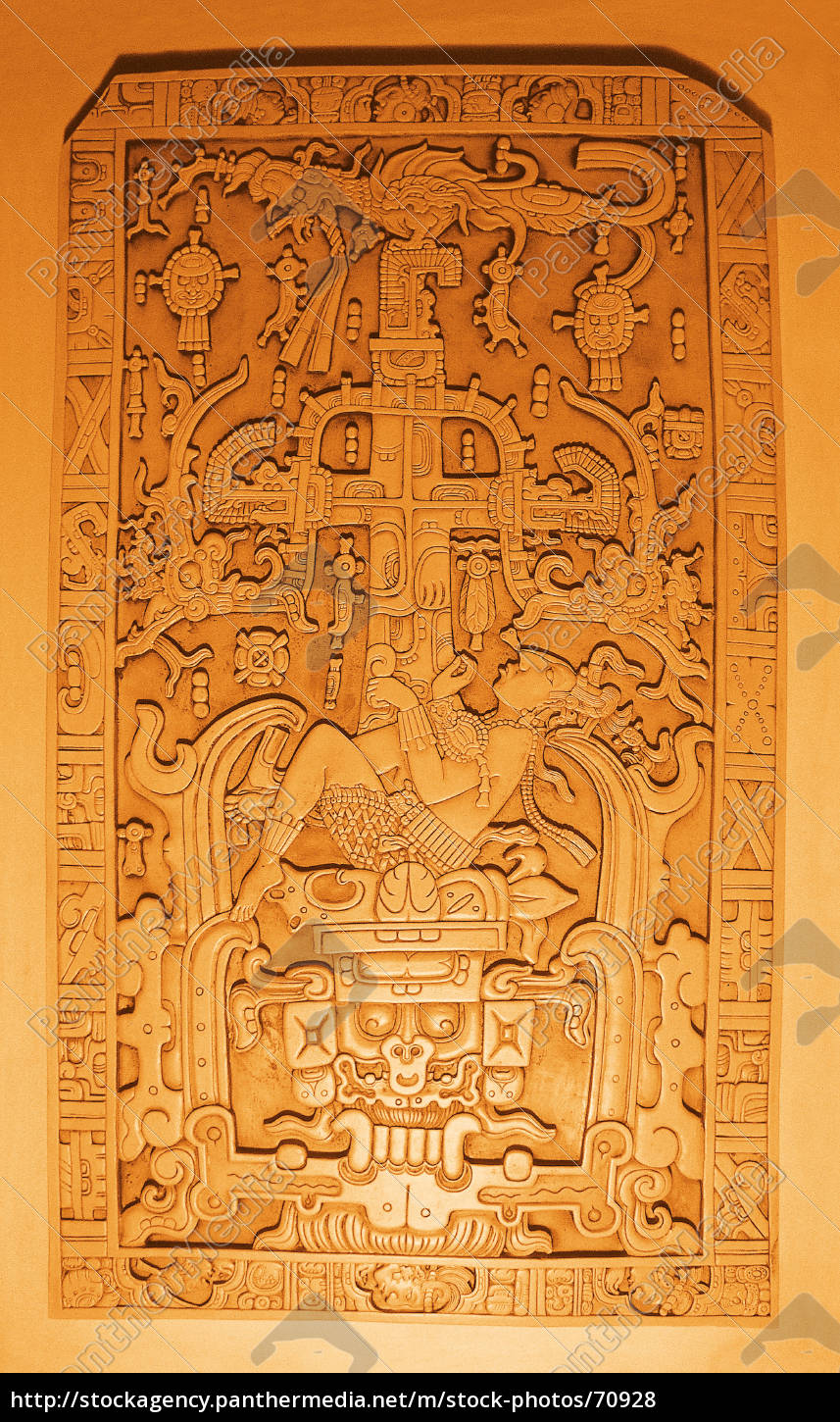
Grabplatte von Palenque Lizenzfreies Foto 70928 Bildagentur PantherMedia
Palenque (Mexiko) - Unter dem sogenannten Tempel der Inschriften, der den mit einer reich verzierten Grabplatte bedeckten Steinsarkophag des Herrschers der Maya-Stadt Palenque, Pakal des Großen, beherbergt, haben mexikanische Archäologen einen unterirdischen Wassertunnel entdeckt. Für die Forscher stützt der Fund die archäologische.
Von Wegen und Abwegen Palenque
Jan Harenburg (CC BY) Located in the foothills of the Chiapas altiplano of modern Mexico, Palenque was an important Maya city which flourished between c. 600 and 750 CE. The name Palenque derives from the Spanish, meaning 'fortified place', but the original Maya name, we now know, was Lakamha. Situated where the highland and coastal plains join.
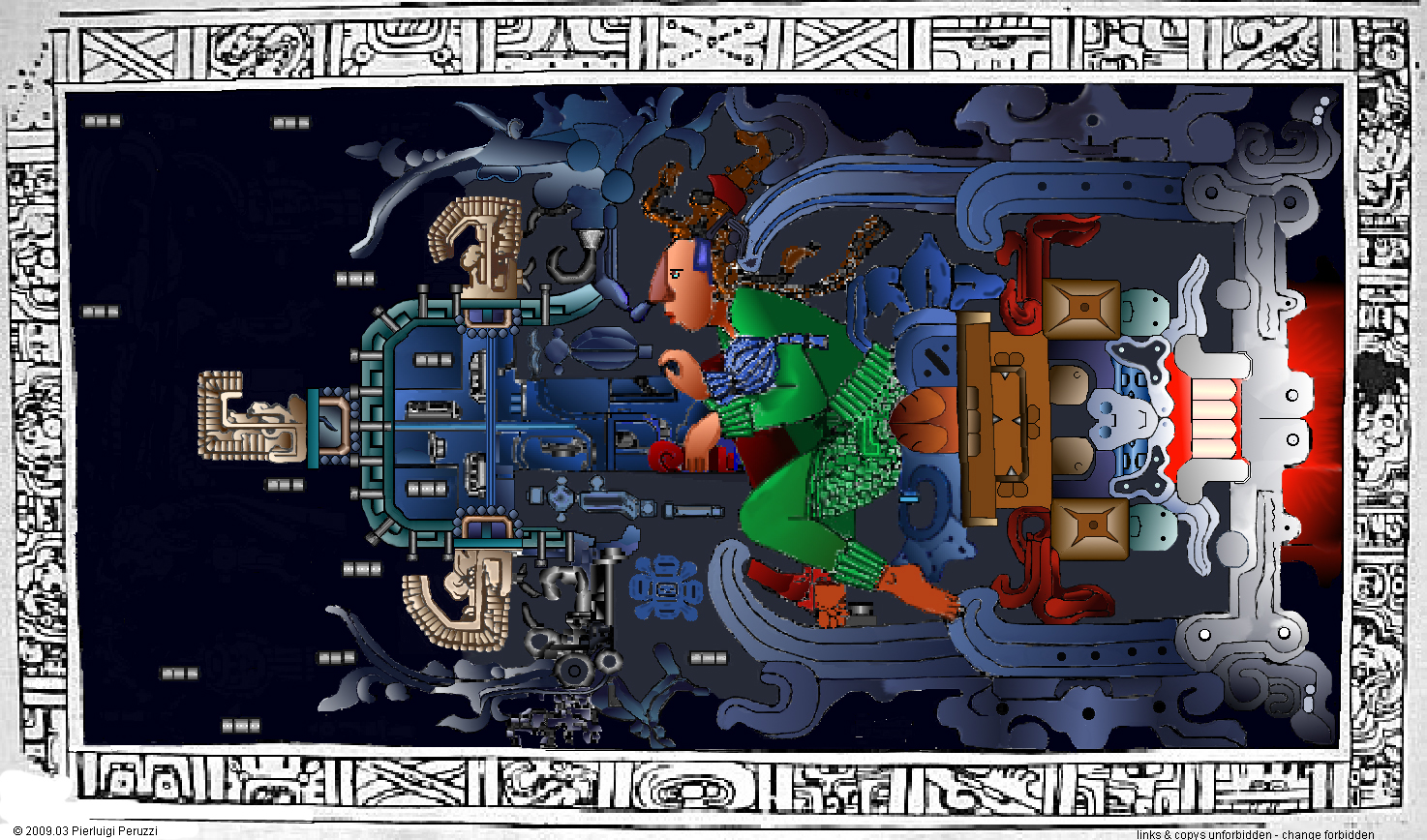
Grossformat der Grabplatte von Palenque
Palenque (Spanish pronunciation:; Yucatec Maya: Bàakʼ), also anciently known in the Itza Language as Lakamhaʼ ("Big Water or Big Waters"), was a Maya city state in southern Mexico that perished in the 8th century. The Palenque ruins date from ca. 226 BC to ca. 799 AD. After its decline, it was overgrown by the jungle of cedar, mahogany, and sapodilla trees, but has since been excavated and.
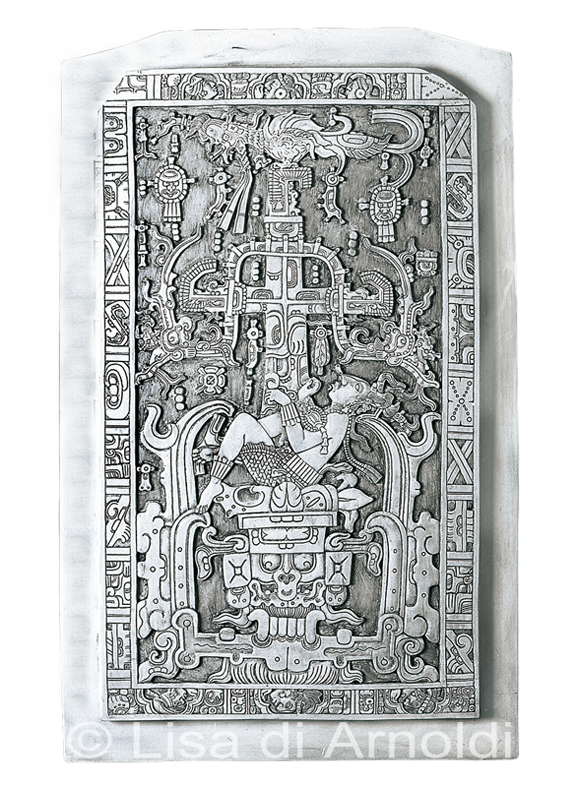
Grabplatte von Palenque Relief Atelier
Die Grabplatte von Palenque Zeichnung der Grabplatte von Palenque. Die Grabplatte von Palenque ist ein Sarkophagdeckel aus der Grabkammer des Königs Pakal unter dem Tempel der Inschriften in Palenque, Mexiko, welche 1952 entdeckt wurde und aus dem 7. Jahrhundert stammt. Auf dem Deckel ist ein Mann in sitzender Position dargestellt, um den.
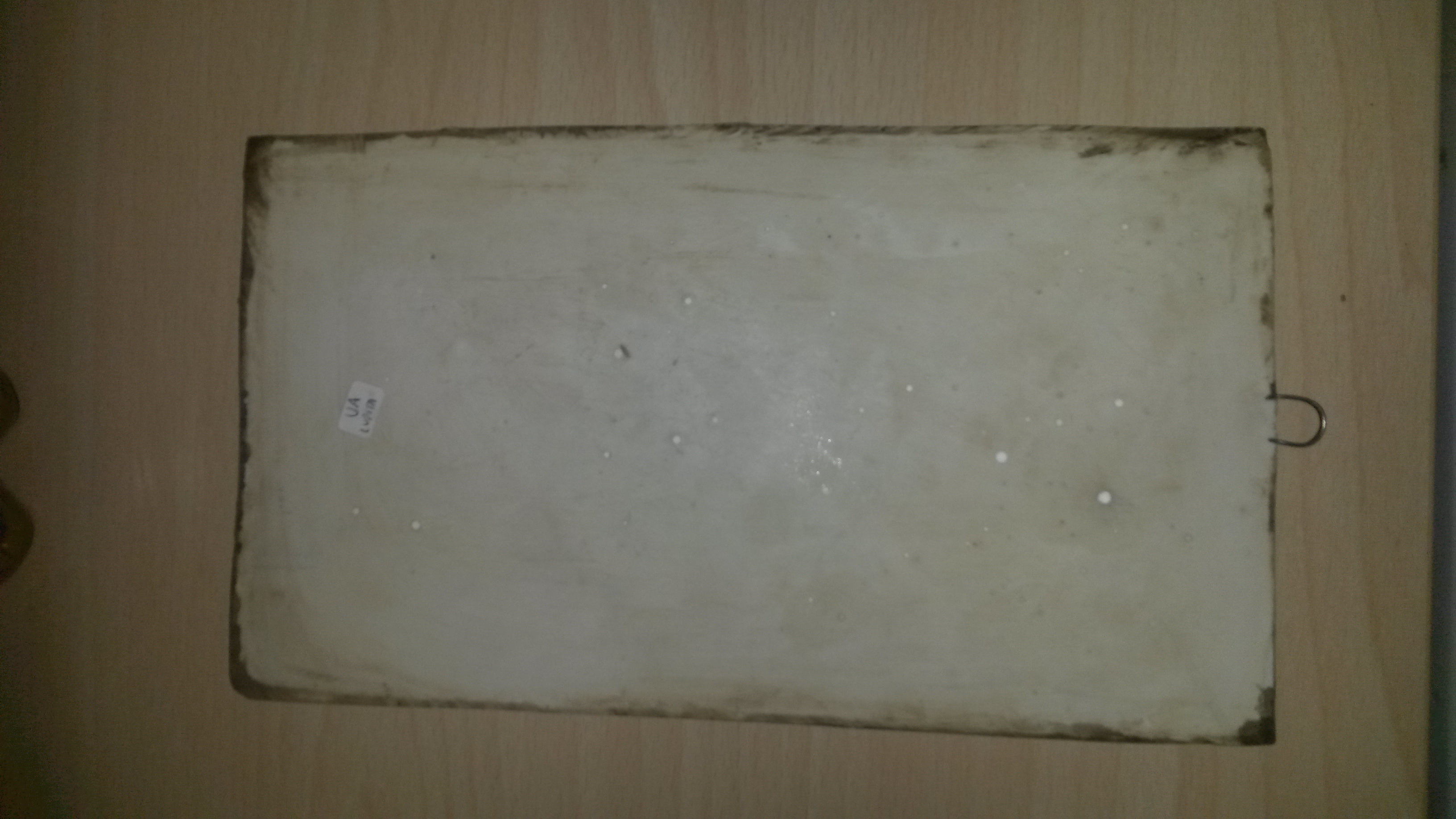
Die Grabplatte von Palenque Allmystery
Bild: Die Grabplatte von Palenque nach einer Zeichnung von Lhuillier. Aufsehen und greres Interesse erregte das Relief jedoch 1968, als es Erich von D äniken in seinem Buch "Erinnerungen an die Zukunft" verö ffentlichte und dieses pr äastronautisch deutete: "Erst 1935 wurde in Palenque (Altes Reich) eine Steinzeichnung gefunden", schreibt.
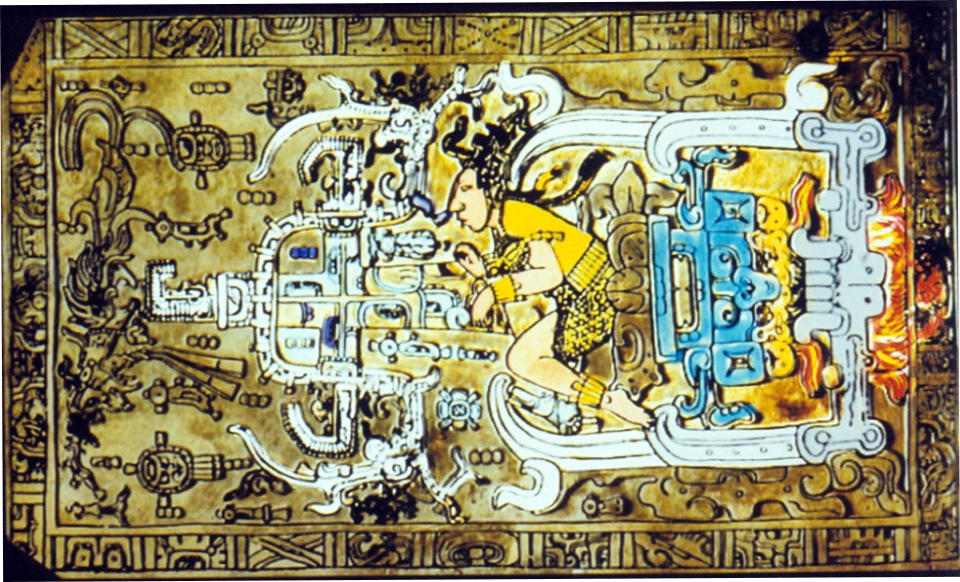
Bilder Palenque
Carrasco says the Palenque known to modernity is the product of a limited number of rulers, starting with Pakal the Great (603-683), his son, K'inich Kan Bahlam (635-702), and K'inich Akul Mo.